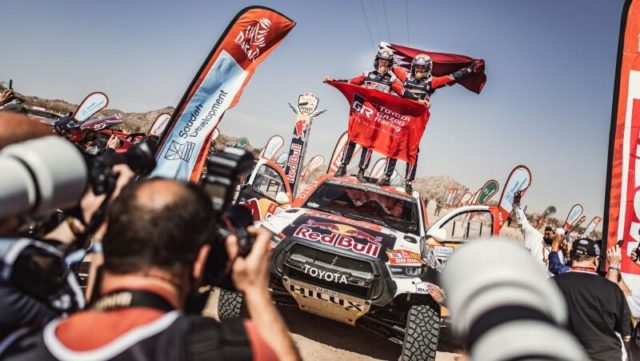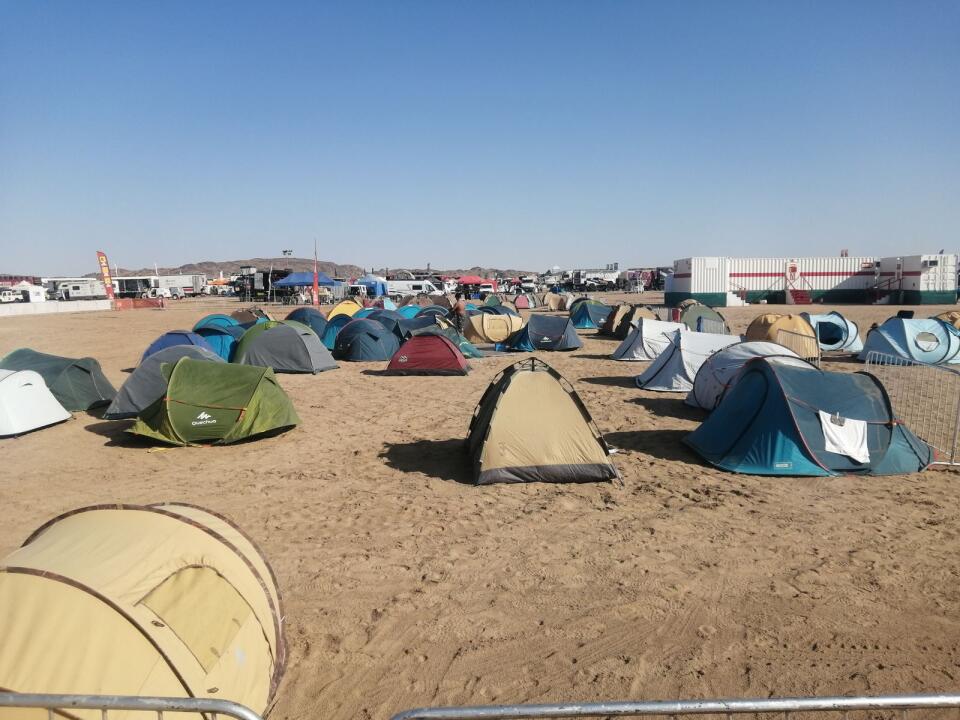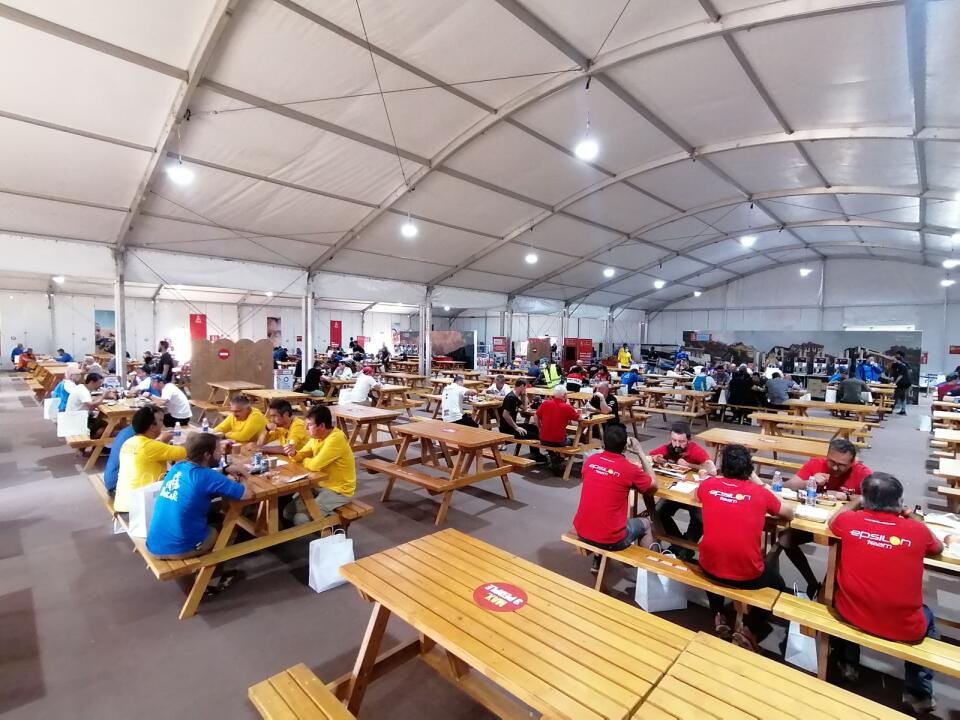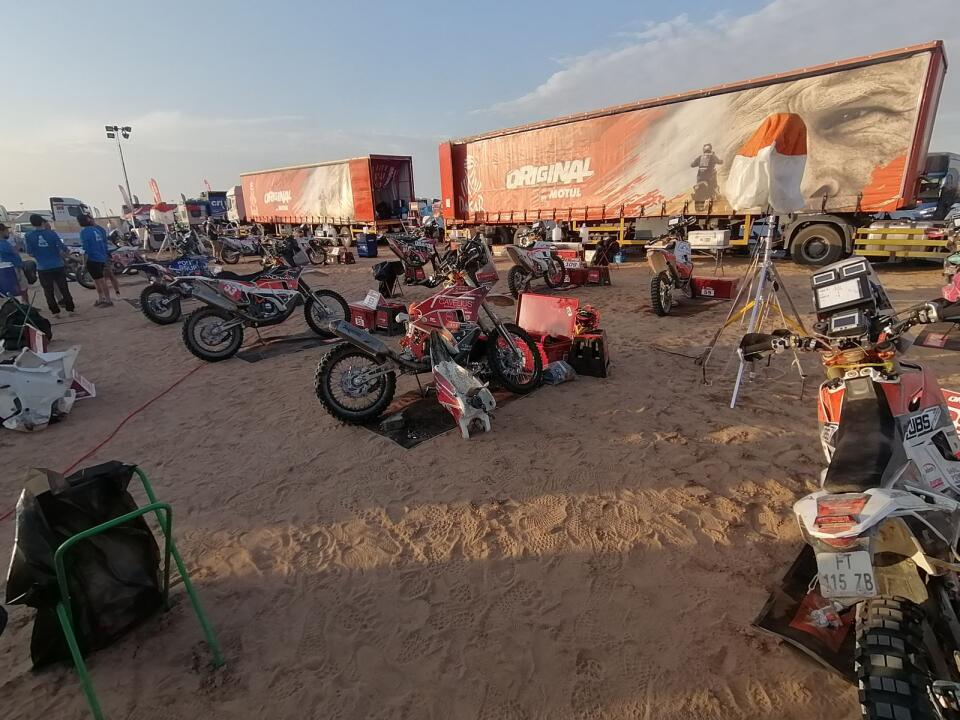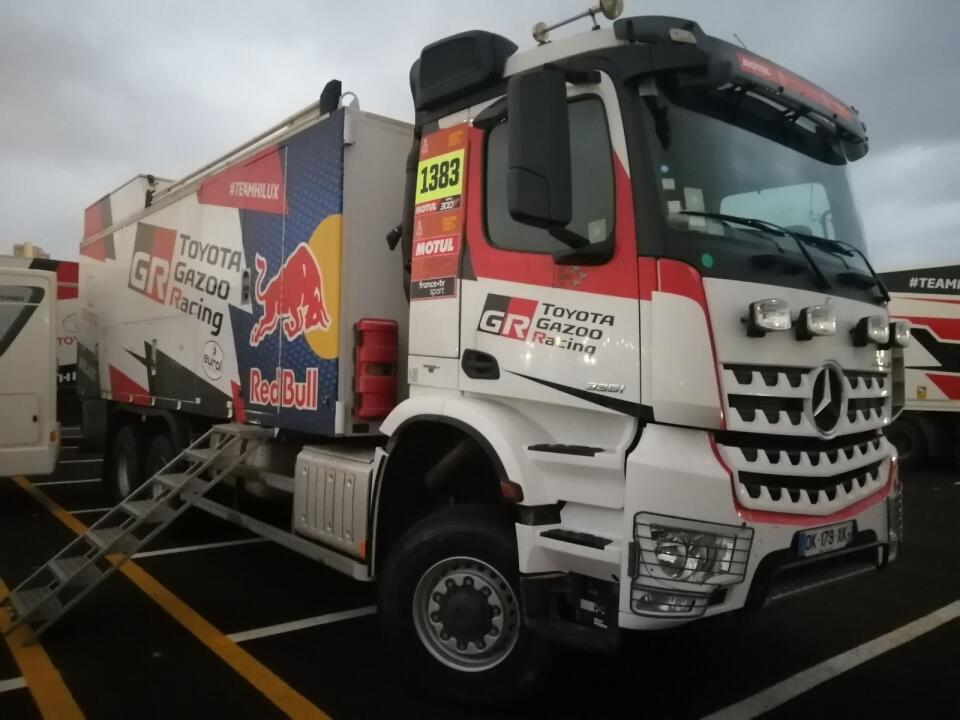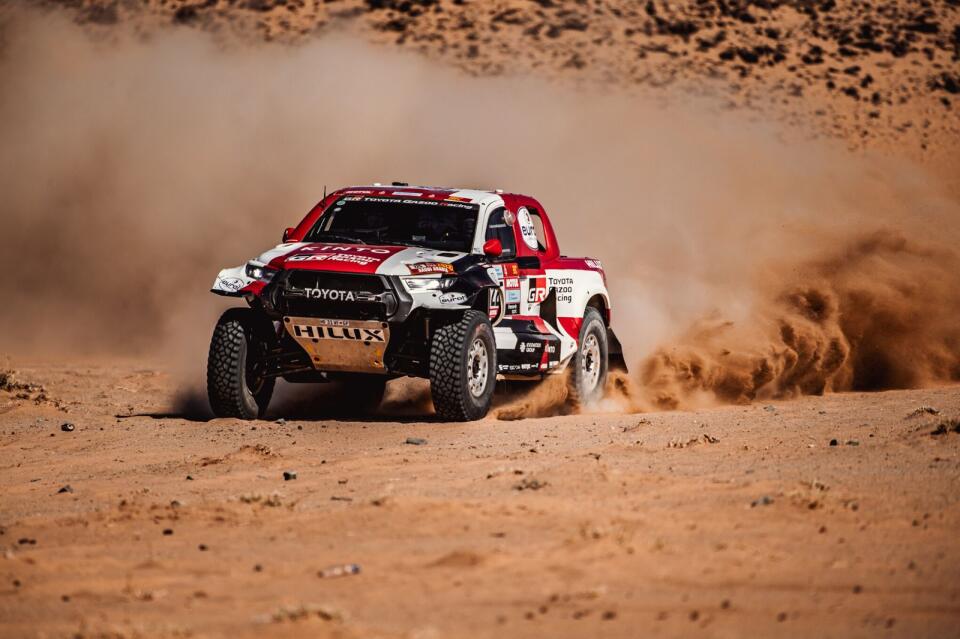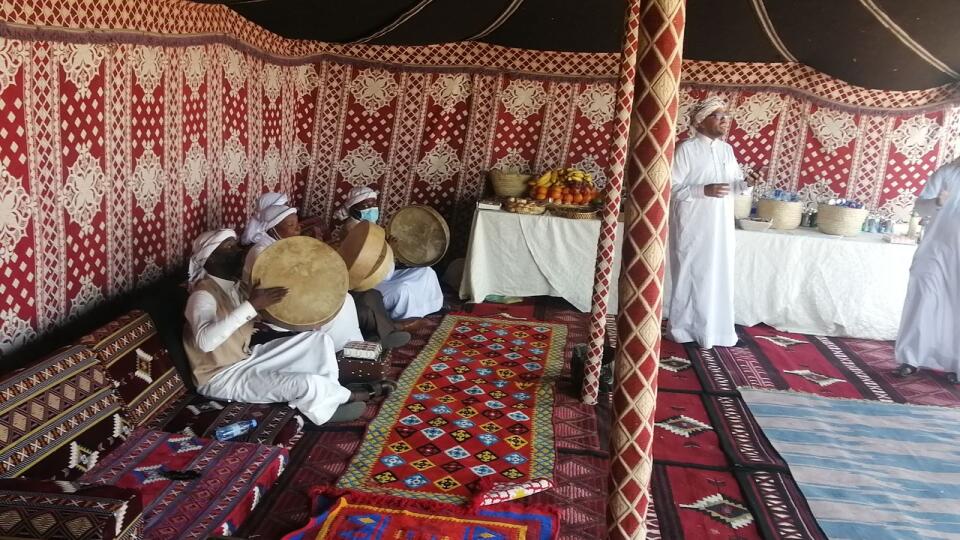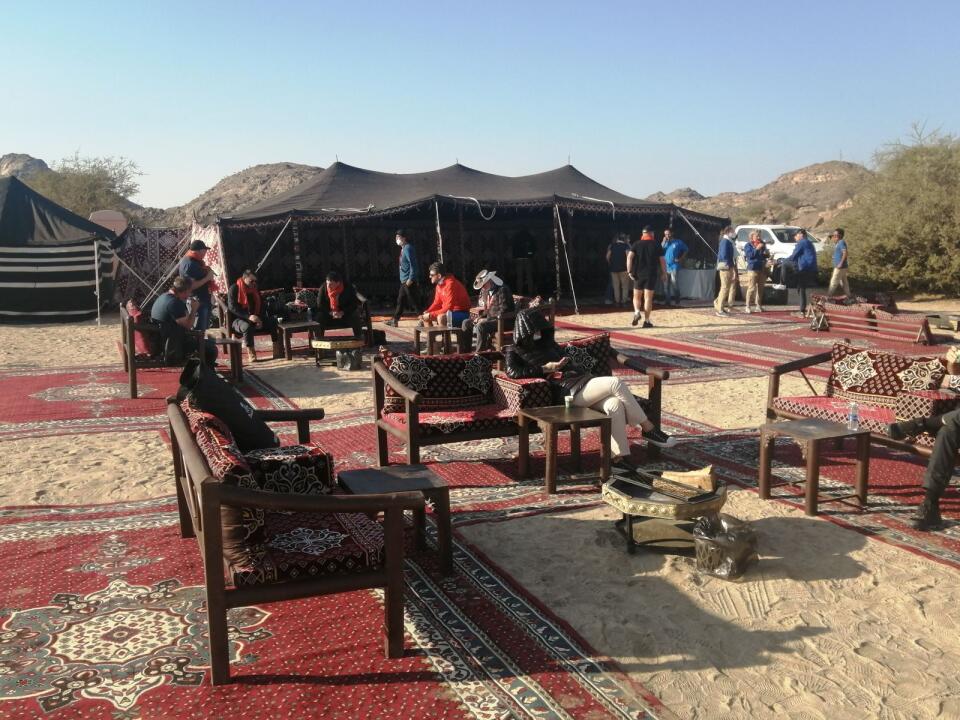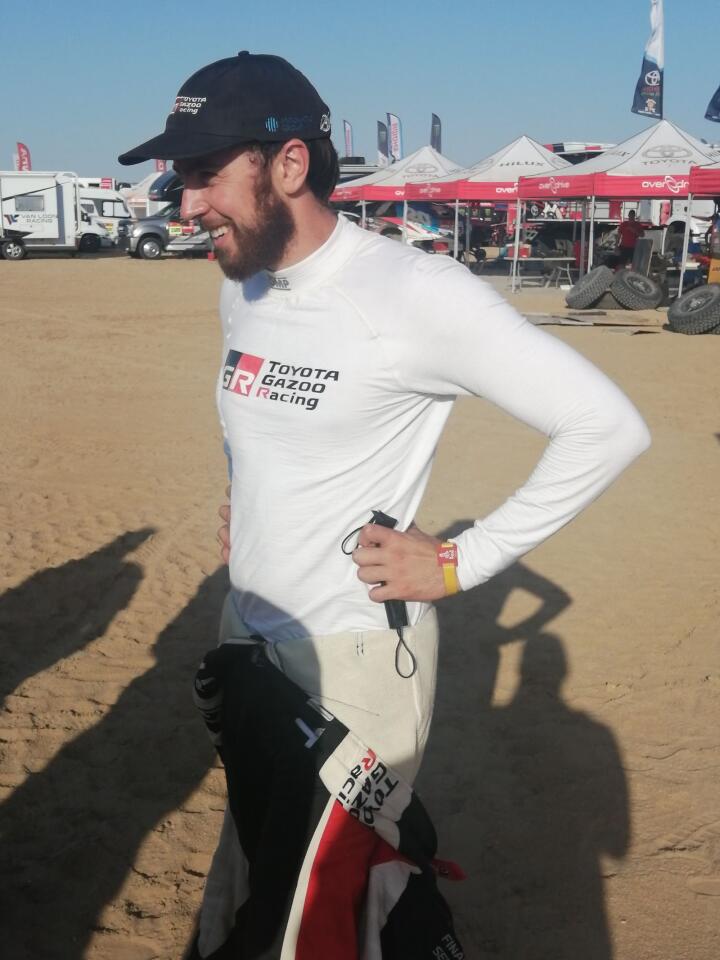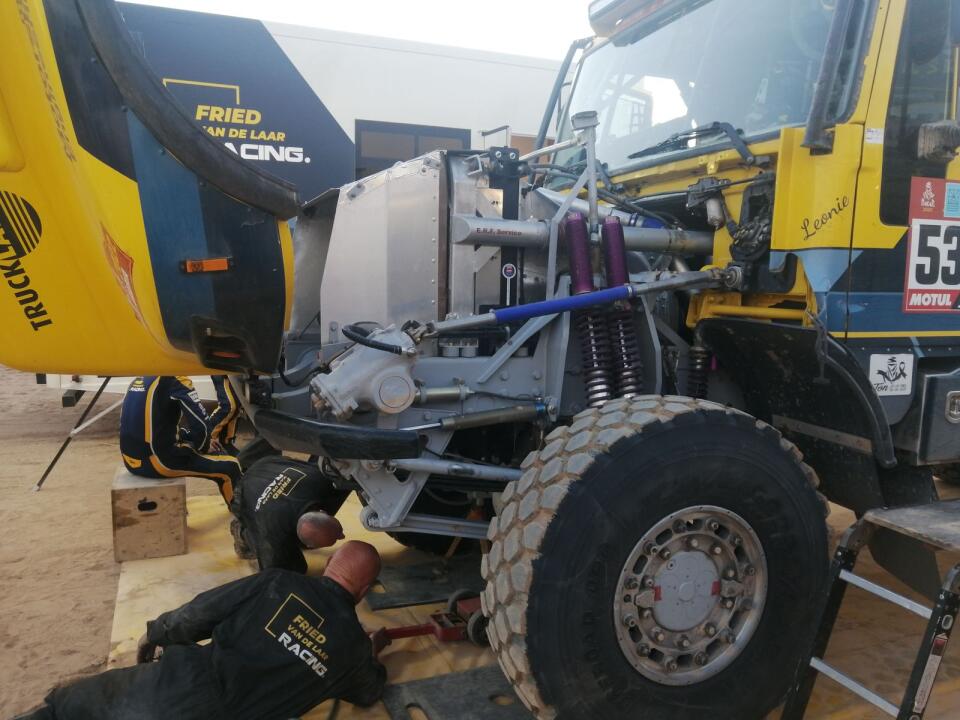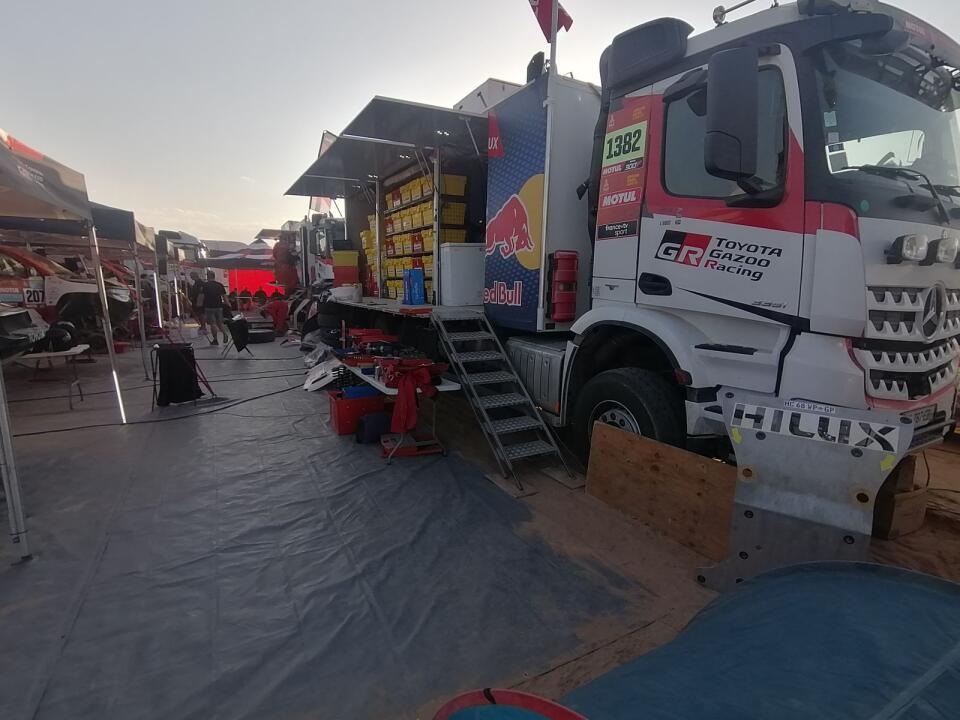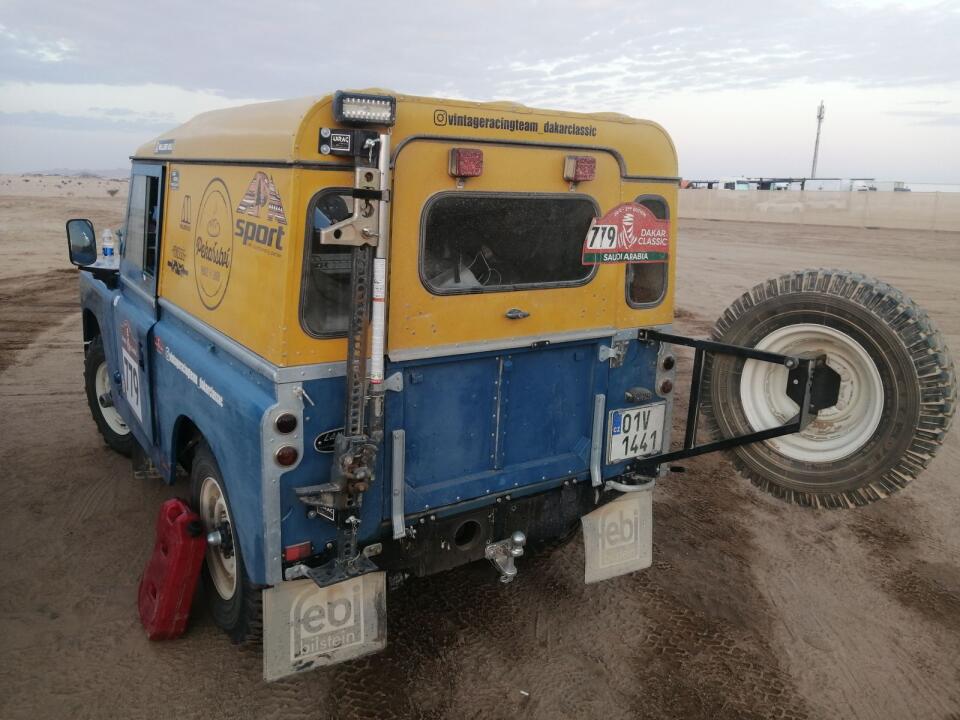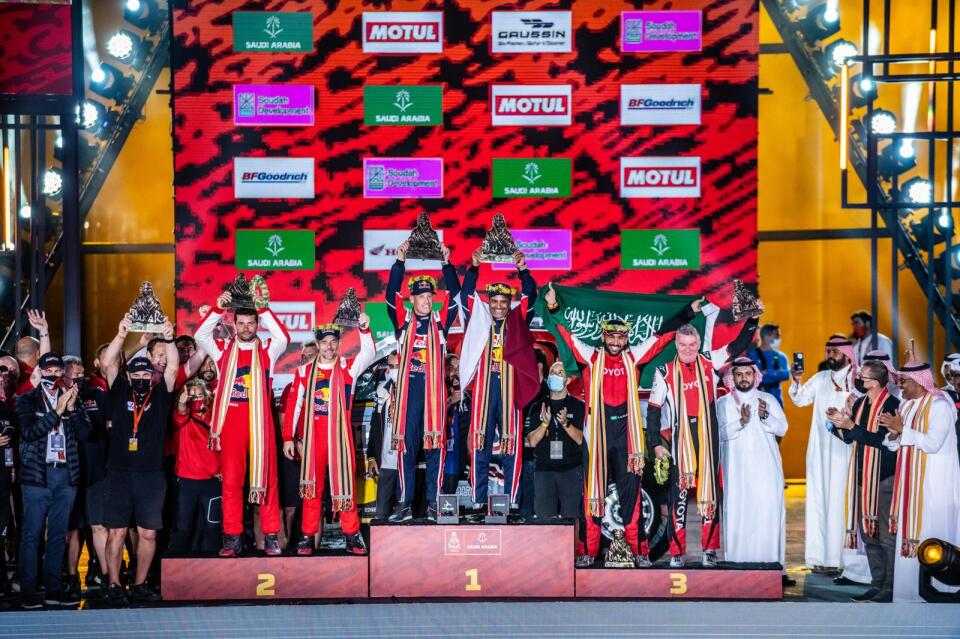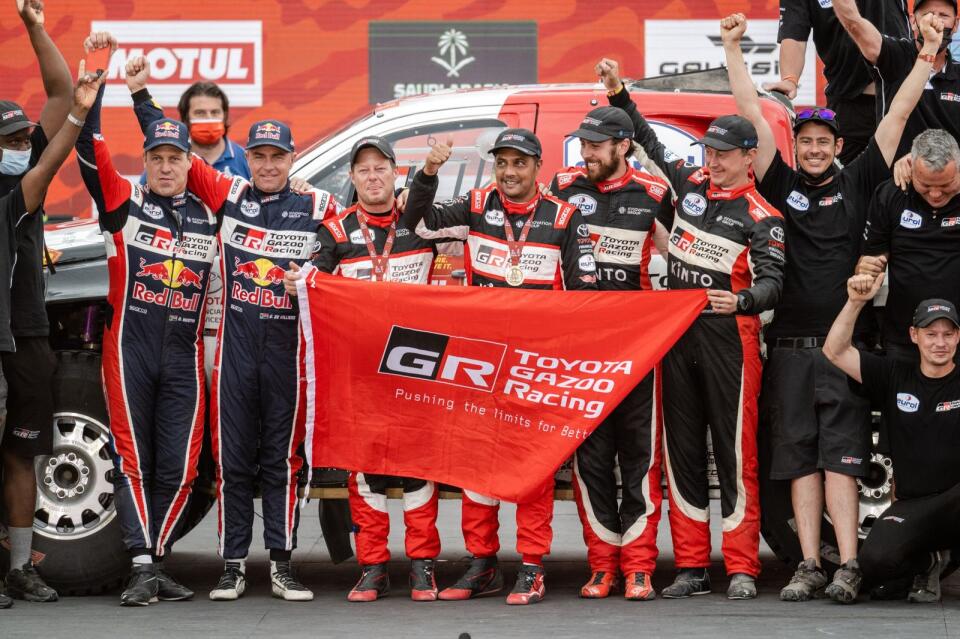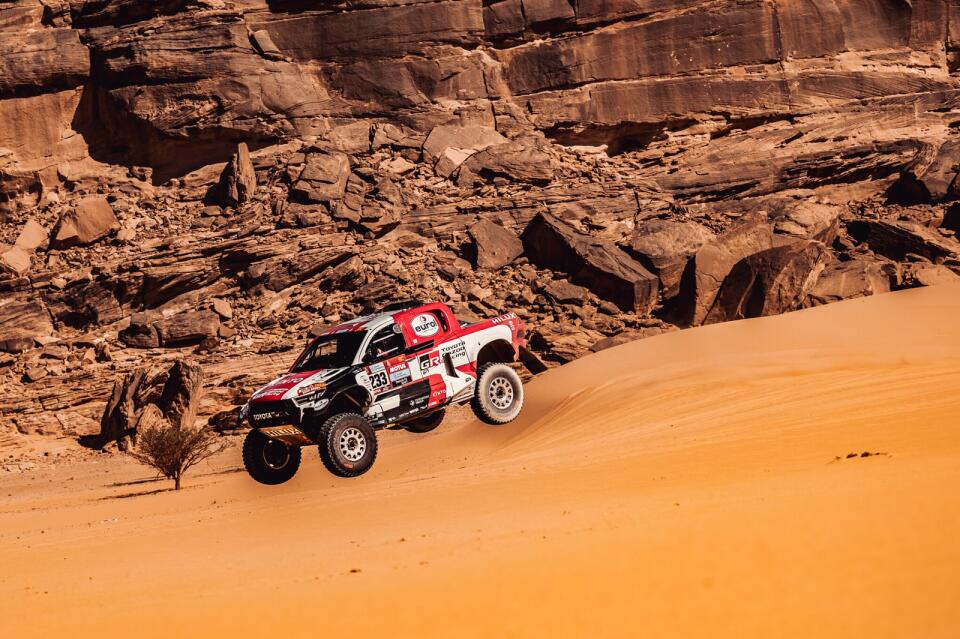The Dakar rally. It’s the place where legends are made and where heart-wrenching tales of dreams shattered are told.
The Dakar rally. It’s the place where legends are made, reputations destroyed, where heart-wrenching tales of dreams shattered are told, stories of success and jubilation and a roller-coaster of emotions that evoke tears of joy or disappointment.
It’s also a race that has millions of followers around the globe, many of them not motorsport enthusiasts or petrol heads at all, glued to their screens and social media.
But when 430 cars, motorcycles and trucks of various shapes and sizes line up, it’s time to engross yourself and drive with the toughest of the tough.
When the invitation came from Toyota South Africa to be part of a media contingent to experience the last three stages of the race in Saudi Arabia, it took as long as opening the mail and immediately sending a confirmation to set the wheels in motion.
Huge congratulations to @TGR_W2RC for an epic victory in an epic event 👏🏆🏁 https://t.co/KBZmYDMZES
— TOYOTA GAZOO Racing WEC (@TGR_WEC) January 14, 2022
I still remember thinking that it was brave of the Toyota team to send us to the closing stages of this epic event because the Dakar has a way of chewing up and spitting out competitors at will, and the team would be racing four of their their new GR DKR Hilux T1+s fitted with the Land Cruiser GR Sport 3.5-litre twin turbo V6 for the first time.
That’s if you ignore the few SA Cross Country races and testing in Namibia because the Dakar is a whole different challenge with 4,261km of racing in hot and unforgiving terrain.
By now you know they were correct in their confidence with an overall win for Nassar Al-Attiyah and Mathieu Baumel, fifth place for Giniel de Villiers and Dennis Murphy, 15th for Shameer Variawa and Danie Stassen and 31st for Henk Lategan and Brett Cummings.
So by the time we boarded the aircraft, all al-Attiyah had to do was keep his cool, keep the rubber on the ground and nurse his charge home for his third overall win and second victory in a Gazoo Racing Toyota.
On arrival, let’s just say that the Saudis are thorough in checking passport stamps, PCR test validity and their own issued visas before they let you through the gates in Jeddah.
Our first stop would be the bivouac in Bishah which was the best part of a seven-hour drive from Jeddah.
I say drive, but it was more of a torment being passengers as the drivers of the convoy defied all rules of the road and safety protocols and because of the language barrier telling him to rein it in fell on deaf ears. I have never been more terrified in a car and a nap was not a possibility as I regularly tried to brace myself for the impending crash in the big black American SUV.
Seems traffic from the opposite end have a similar attitude and after what seemed a lifetime, the overnight stop for competitors and support staff loomed in the distance.
The bivouac is like a town on its own, made even more so during Covid because anyone associated with the race had to stay within its confines, so there were no hotels they were able to use.
It’s an unbelievable hive of activity with generators, lights, support trucks and vehicles, competitors, media, event staff and a general air of organised chaos. The meal tent serves 3,000 people breakfast, lunch and supper and they’re properly cooked meals not just slapped together.
It’s also here where you get to experience the camaraderie of the Dakar.
The four Gazoo Racing Hiluxes each had a dedicated team of technicians and mechanics that kept everything running smoothly and if something needed replacing it was easily collected from the 11 tons of spare parts in the support trucks that also acted as mobile workshops.
It’s that kind of professionalism that secures you a place at the top of the podium.
Audi’s workshop area resembled a small village with their RS Q e-tron challenge but unlike the other competitors you couldn’t walk through the pits because the area had been taped off and at one stage when a few Toyota executives were looking on they rolled down the screens, probably to prevent “prying” eyes.
The rest of the bivouac was a lot friendlier so we spent time talking to the South African competitors driving both four and two-wheeled steeds that had various degrees of success.
However, it’s the amateurs, classic car competitors (built before 2000, that follow a less arduous route) and to a lesser degree the semi-professionals that make up the bivouac buzz.
These are the competitors that want to finish the Dakar without destroying their cars or bikes only to receive their medal to say they’ve completed the world’s toughest off-road race.
They don’t have big support crews or budgets and drawers of spares, so you’ll often find the driver and navigator swinging spanners, grinding and welding sometimes with the help of other crews till deep into the night.
That’s what the spirit of the Dakar is all about.
Sitting in a Bedouin tent in the desert the next day at a spectator point we could hear the first motorcycles come past so armed with bottles of water and loads of sunscreen, headed to the dunes to watch the racers whizz by.
It’s impressive stuff seeing the top competitors guiding their vehicles at speed over the dunes made even more so by seeing the Gazoo Hiluxes battling it out, but the trucks though, are next level.
The big behemoths glide over the sand defying gravity where lesser mortals would slow down and change down a gear or two.
If you think the Russians are crazy, just put them behind the wheel of a Dakar race truck and they’ll up the ante significantly.
Lunch was traditionally cooked lamb, vegetables and spicy rice.
Large chunks of lamb are rolled in foil, stacked on top of each other inside a large upside down pot and put on the coals.
Driving to Taif for the final day’s events proved a lot less stressful after we had asked that the person in charge of the drivers tell, not ask, them to drive more carefully.
The 12th and final stage of the race and excitement (and nervous smiles) were in the air because all Al-Attiyah had to do was guide his Hilux home without any mishaps and it was job done for the Toyota Gazoo Racing team.
We were close to the finishing line again in a Bedouin tent and all ears were strained to hear the familiar exhaust sound from the 3.5-litre twin turbo V6. Sure enough, he saw us at the last waypoint, hooted and waived and crossed the line shortly afterwards.
It was the culmination of months of hard work, late nights, blood, sweat and even a few tears but when driver and navigator stood on the roof with clenched fists it was worth every single bit of effort.
Back to the bivouac to congratulate the team and have a (another) PCR test, what struck me about the whole of the Toyota crew, including the drivers, navigators and technicians was how easy it was to interact with them.
They’re unassuming, willing to talk and have no airs and graces. True South African legends. Like the Toyota Hilux.
Last word goes to team principal and the man charged with making it all happen, Glyn Hall.
“What an epic victory for Nasser and Mathieu, and the entire team. To come to Dakar and win with our new GR DKR Hilux T1+ first time out is amazing.
“I’d like to dedicate this win to the memory of Dr Johan van Zyl, who was a visionary leader and consistent supporter of the Toyota Gazoo Racing Dakar project over many years.
“We are extremely proud of what we achieved here this year, and I know the Doc would have been too.”

